Last Updated
Despite the high season, the Los Cabos government recently had to close some of its most popular beaches due to the dangerous conditions of their waters.
At the moment, there are six beaches with yellow flags, where extreme caution is advised, and three with red flags, meaning that they are not accessible to tourists, regardless of their fitness level.

Flags were placed on January 4th and, right now, it is still unclear when these areas will be safe again for tourists. This will largely depend on the weather conditions of the following few days.
But which beaches are now closed to tourists? And why were these bans put in place?
Which beaches should Los Cabos tourists avoid right now?
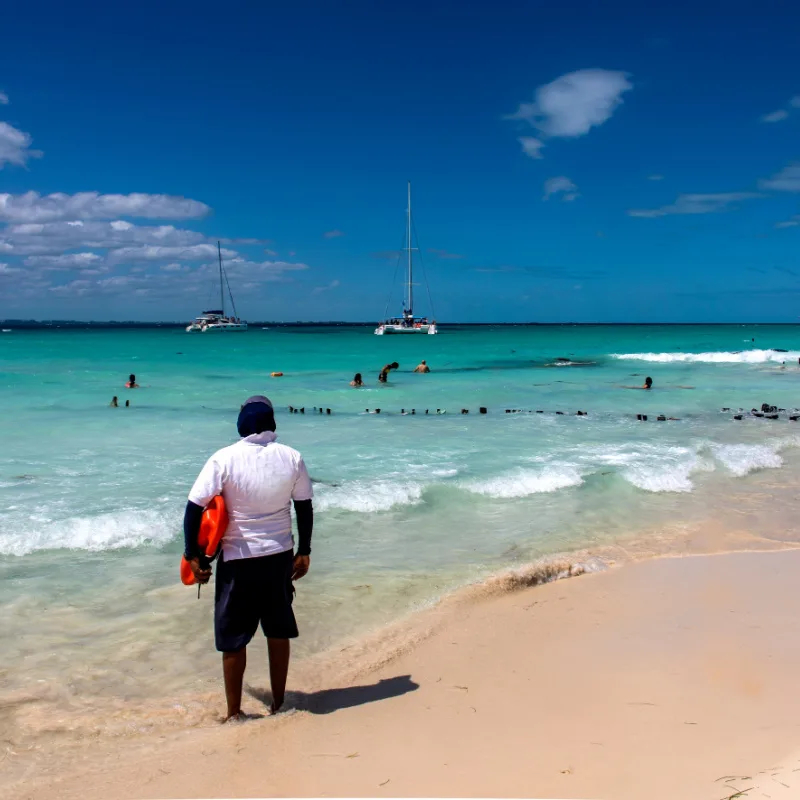
The beaches with yellow flags are El Médano Beach, the most popular in Los Cabos among tourists, El Corsario Beach, Acapulquito Beach, Santa María Beach, Hacienda Beach, and Palmilla Beach.
The yellow flags indicate dangerous conditions. Tourists are currently allowed to swim here but high levels of alertness are required. Those who are not confident in their swimming skills should avoid entering the water and swimmers of all levels are advised to stay close to the shore at all times.
The beaches closed to the public, meaning that visitors will find red flags there, are the San José del Cabo Tourist Corridor, where most all-inclusive resorts in the area are located, Las Viudas Beach, and El Surgidero Beach.
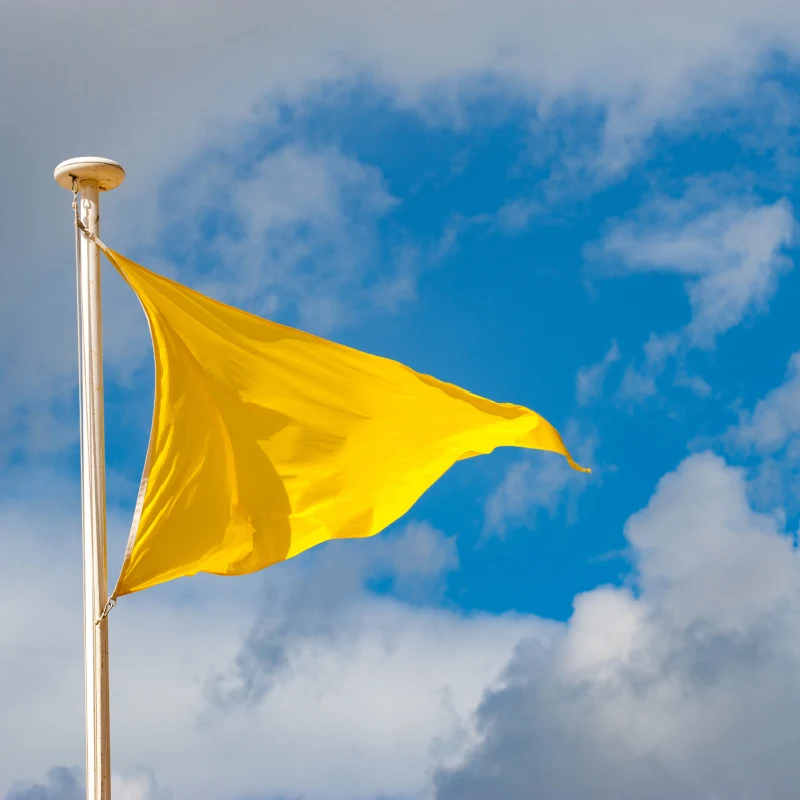
Tourists here are not allowed to access the water under any circumstances due to the dangerous conditions of the ocean.
But does this mean that tourists in Los Cabos cannot enjoy the sea right now? Thankfully not. There are still plenty of popular places with no warning.
Nonetheless, considering the numerous flags placed in so many areas in the municipality, visitors, especially those who are not too confident in their swimming skills, are still advised to be slightly more alert than usual when entering the ocean.
Why these bans?
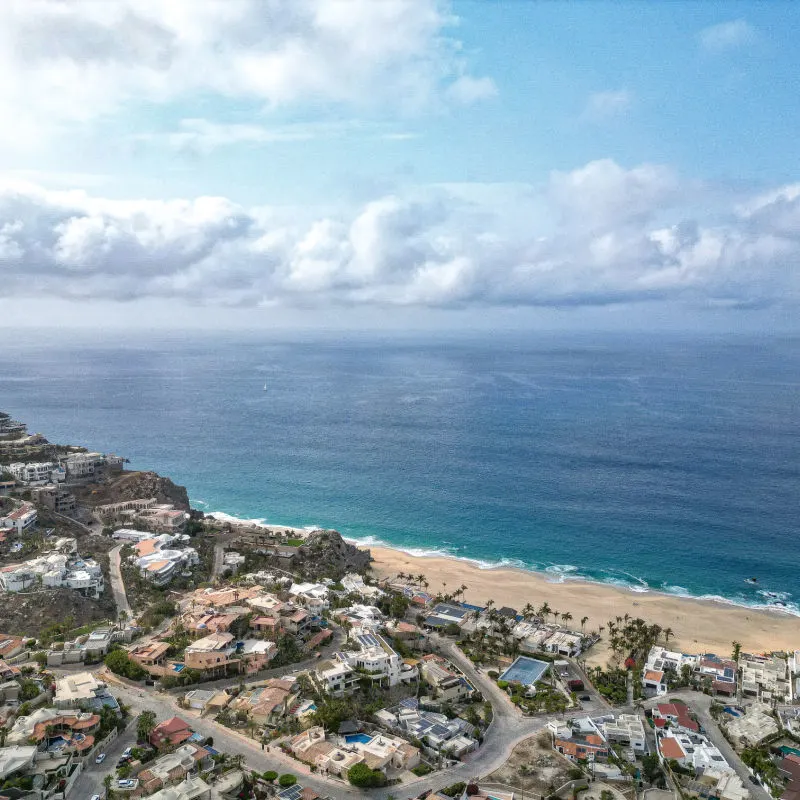
The Federal Maritime-Terrestrial Zone (Zofemat) decided to implement these bans on January 4 due to the strong winds that Los Cabos is now experiencing.
With gusts reaching 32 km/h, winds are now having a huge impact on the Pacific Ocean, causing strong waves that can be extremely dangerous even for the most expert swimmers.
All visitors and locals alike are advised to be extremely careful and follow the lifeguards’ suggestions while always making sure to look for the flag placed on the shore before deciding whether or not to enter the water.
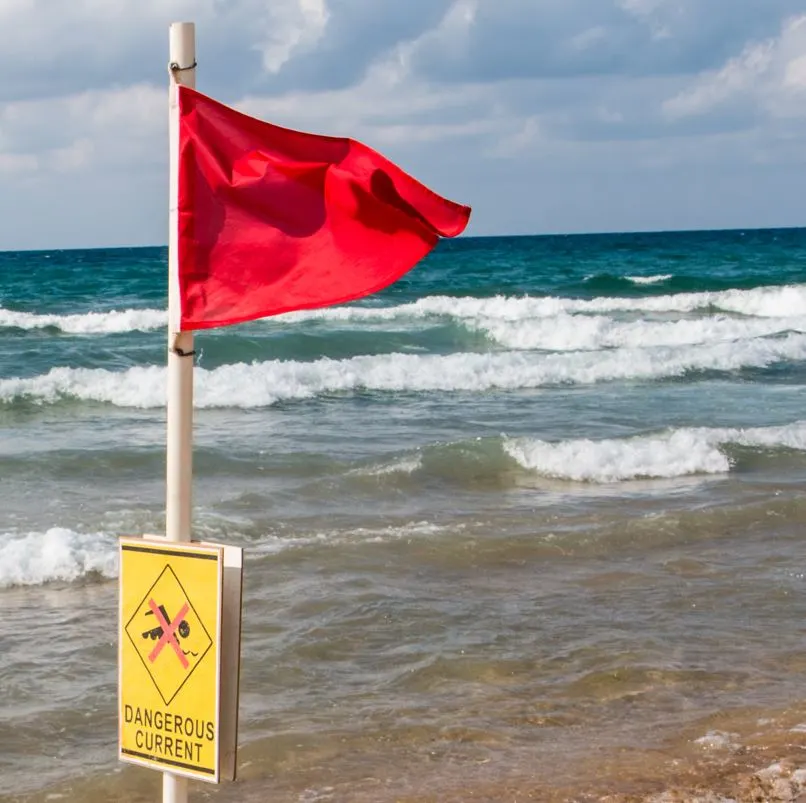
Luckily, in the last few years, the Los Cabos government has made it its number one priority to constantly increase safety levels in the municipality.
This is why the most popular beaches in the area, including El Médano Beach, are constantly patrolled with experienced lifeguards to ensure tourists are safe at all times.
Local authorities recommend that all tourists learn the meaning of each flag color to always know whether or not a certain beach is safe for swimmers.
The meaning of the flag’s colors
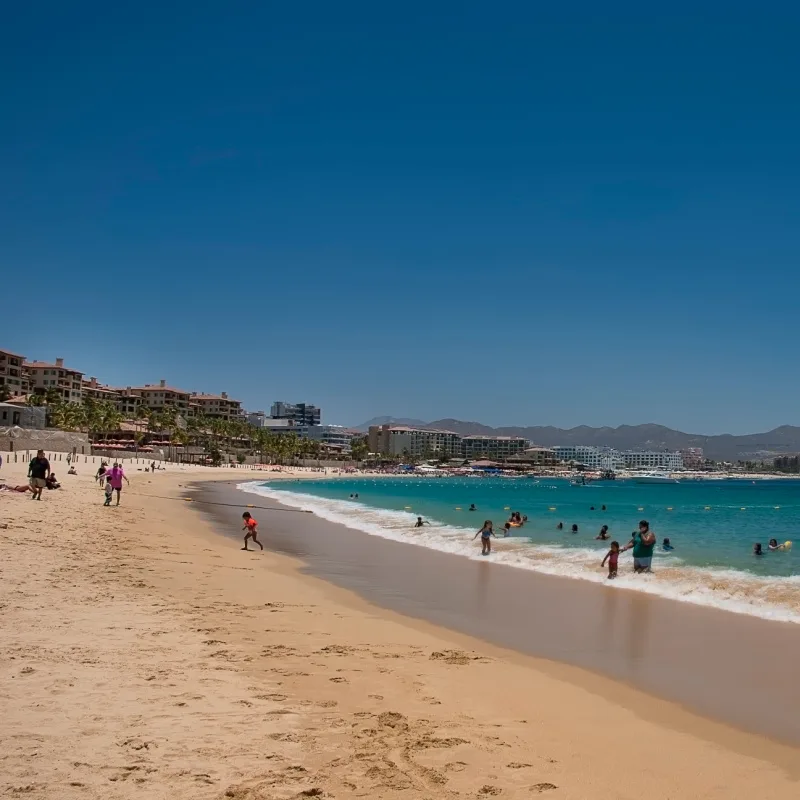
As we discussed above, yellow flags indicate a general danger. While tourists are still allowed to access the water, extreme caution is advised.
Red flags indicate a prohibition to enter the sea under all circumstances, regardless of people’s fitness levels and swimming skills.
Black flags are the most dangerous indicator. When these are placed on a beach people are neither allowed to swim nor to access the shore. This is due to the strong waves that constantly hit the shore and may drag people walking on the beach at sea against their will.
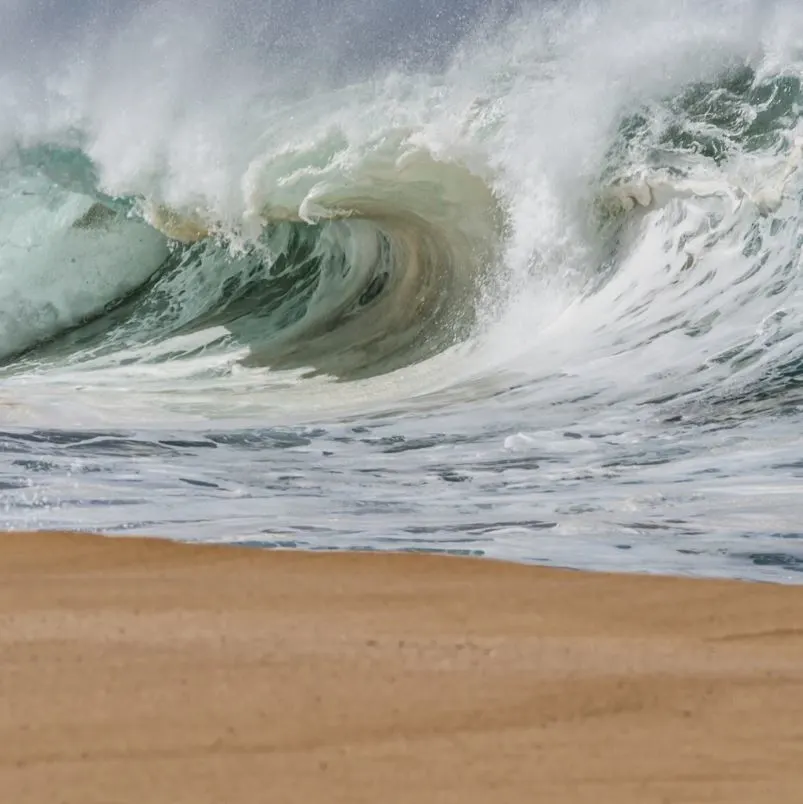
When white flags are placed on a beach, it means that there are dangerous animals in the water, such as jellyfish.
Lastly, green and blue flags are a good sign. The former means that all water activities, such as swimming and diving, are safe. The latter is an international certification given to the best beaches in the world due to their safety levels, the cleanliness of their waters, and the services provided to bathers.
Plan Your Next Cabo Vacation:
Traveler Alert: Don’t Forget Travel Insurance For Your Next Trip!
Choose From Thousands of Cabo Hotels, Resorts and Hostels with Free Cancellation On Most Properties
↓ Join The Community ↓
The Cabo Sun Community FB group has all the latest travel news, conversations and current events happening in Los Cabos

Subscribe to our Latest Posts
Enter your email address to subscribe to The Cancun Sun’s latest breaking news affecting travelers, straight to your inbox.
